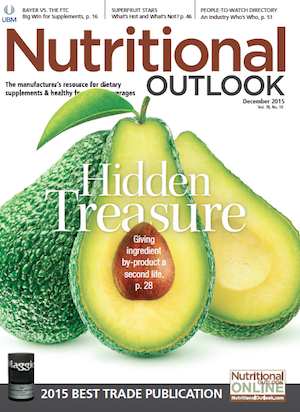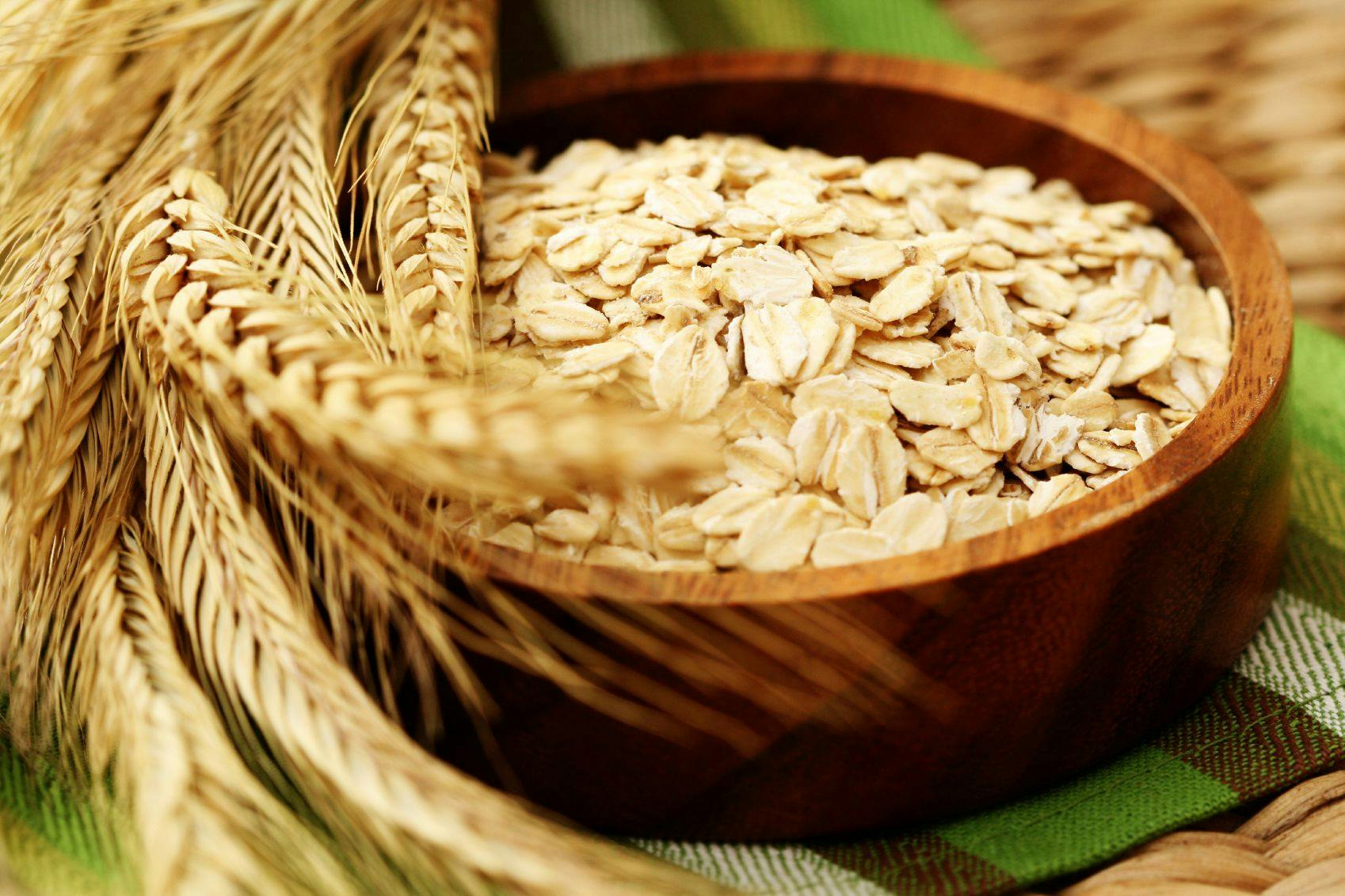What Challenges Do Food and Drink Entrepreneurs Face? Expert Advice
“Food explorers” open up opportunities in the health and wellness market for entrepreneurs and startups, but do the opportunities outweigh the challenges?
Photo © iStockphoto.com/MattZ90

In many ways, there has never been a better time to launch a new food and beverage brand.
Consumer beliefs about what health means are fragmenting and becoming very individualized-personalized nutrition, in effect. This is producing a massive fragmentation of markets and the proliferation of niches, which entrepreneurial companies are perfectly placed to serve. As a result, more and more, products have narrower targets.
Added to this trend is increased consumer openness to small, new brands, new ingredients, new tastes, and new textures. And it’s not just millennials entertaining new possibilities; people of all ages are becoming “food explorers.” This receptiveness is the reason that snacks based on seaweed are already a $250 million market in the United States and the number of snacks based on chickpeas has doubled in Europe in the last two years.
The Pros
Being a small business gives you several advantages in this fragmenting marketplace:
- You can make a good business by focusing on the new niches where the volumes are too low to attract big companies. If you start small, you are making the right choice, according to the late Professor Peter Drucker of Harvard Business School, one of the best-known writers on innovation of the 20th century. Drucker is very clear on the importance of aiming at “only a small, limited market.”
- The new niches are low volume, but they come at higher price points-meaning profitability can be good if your product resonates with the consumer. Many small, new brands begin by targeting “lifestyle” consumers-the 20%–30% of people (depending on which country you are in) who are willing to pay a premium for something that delivers health and wellness benefits. This is a smart move, because most brands that attempt to jump straight into the more price-driven mass market often fail.
- New brands can, at least in the first few years, use all kinds of alternative distribution channels that are better suited to low-volume products than the traditional supermarket-think convenience stores, cafes, health food stores, gyms, and others.
- You can go direct-to-consumer using e-commerce. The Hint brand of no-sugar fruit drink earns 25% of its sales this way. E-commerce enables you to earn better margins and build better relationships directly with consumers.
- You can take your time growing the business. Big companies often kill ideas that might have become successes if management had the patience to wait out slow sales growth during the first couple of years. In the United States, Kind nutrition bars are held up as the model of a successful entrepreneurial business-but the brand took 10 years to achieve success. For entrepreneurs, 10 years is a realistic timescale for victory.
The Challenges
On the other hand, the life of the entrepreneur is demanding, takes up all of your time, and comes with some very distinct risks:
- You must keep very close to changing shopper behaviors and beliefs. Pop Chips snacks started in 2007 with a focus on low-fat “popped” chips. But in 2015, being “popped” is no longer a point of difference, and “low fat” interests fewer and fewer consumers. Pop Chips has seen its sales stagnate at a level far below the targets its founders once set.
- Your new brand has no established credibility, and you will need to be willing to build it patiently and slowly, by means such as investing in targeted PR and sampling (the two most effective marketing techniques for small companies). Sampling is particularly important-many people want reassurance that an unknown brand tastes good before they risk buying it.
- You will find it difficult-to-impossible to grow if you rely on cash flow from your own sales. Sooner than you think, you will need investment to enable you to secure new distribution, to create new products to keep consumers interested, to market your product, and to grow your business. Unless you have $100,000 of your own to risk, then you will need to find an investor who is compatible with you and believes in your plan.
The Future
Although the prospects for healthy food and beverage startups are better than in the past, those prospects are hyped. The failure rate of small, new businesses still stands at 80% and higher. Entrepreneurs can expect many bumps and catastrophes along the road into the unknown. More than branding, marketing, ingredients, or great package design, your personal resilience will be the biggest driver of your success.
Also read:
Dietary Supplement and Natural Product Brand Building: From Lightbulb to Launch
Branded Ingredients for Food, Dietary Supplements: A Two-Way Street
Millennial Marketing Strategies: SupplySide West Report
Julian Mellentin is one of the world’s few international specialists in the business of food, nutrition, and health. He is director of New Nutrition Business, which provides case studies and analysis of success and failure in the global nutrition business and is used by more than 1,700 corporate subscribers in 42 countries. Visit our website www.new-nutrition.com for more information. For all of our latest updates, follow us on Twitter @NewNutritionB and LinkedIn.

Prinova acquires Aplinova to further increase its footprint in Latin America
April 7th 2025Prinova has recently announced the acquisition of Brazilian ingredients distributor Aplinova, which is a provider of specialty ingredients for a range of market segments that include food, beverage, supplements, and personal care.























